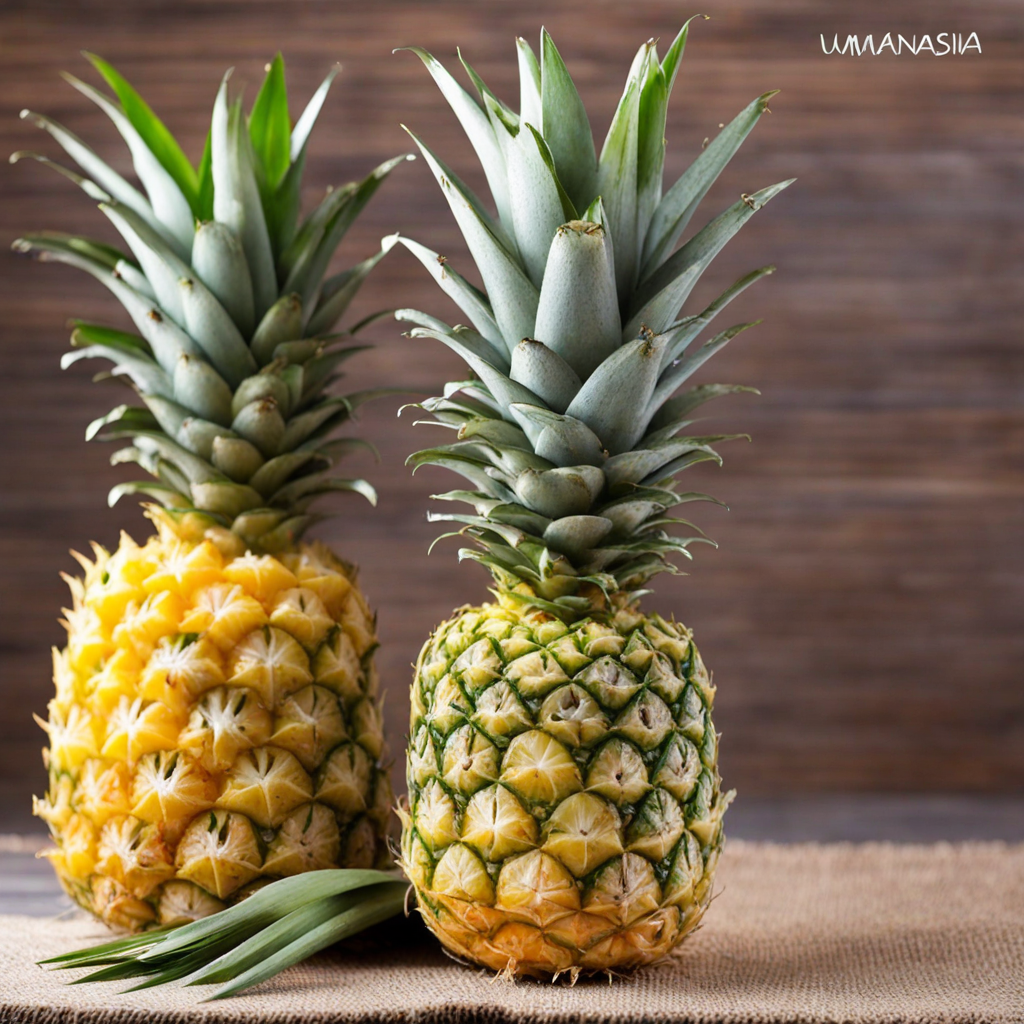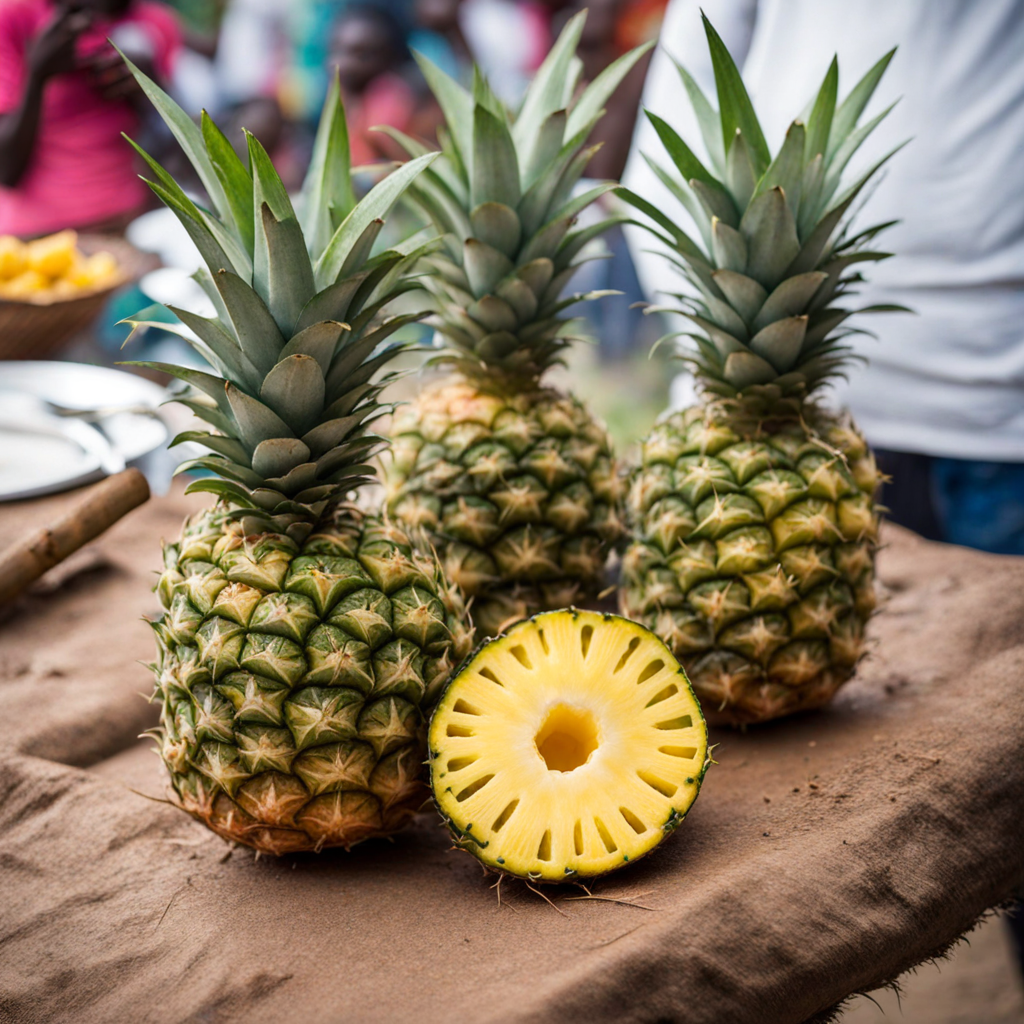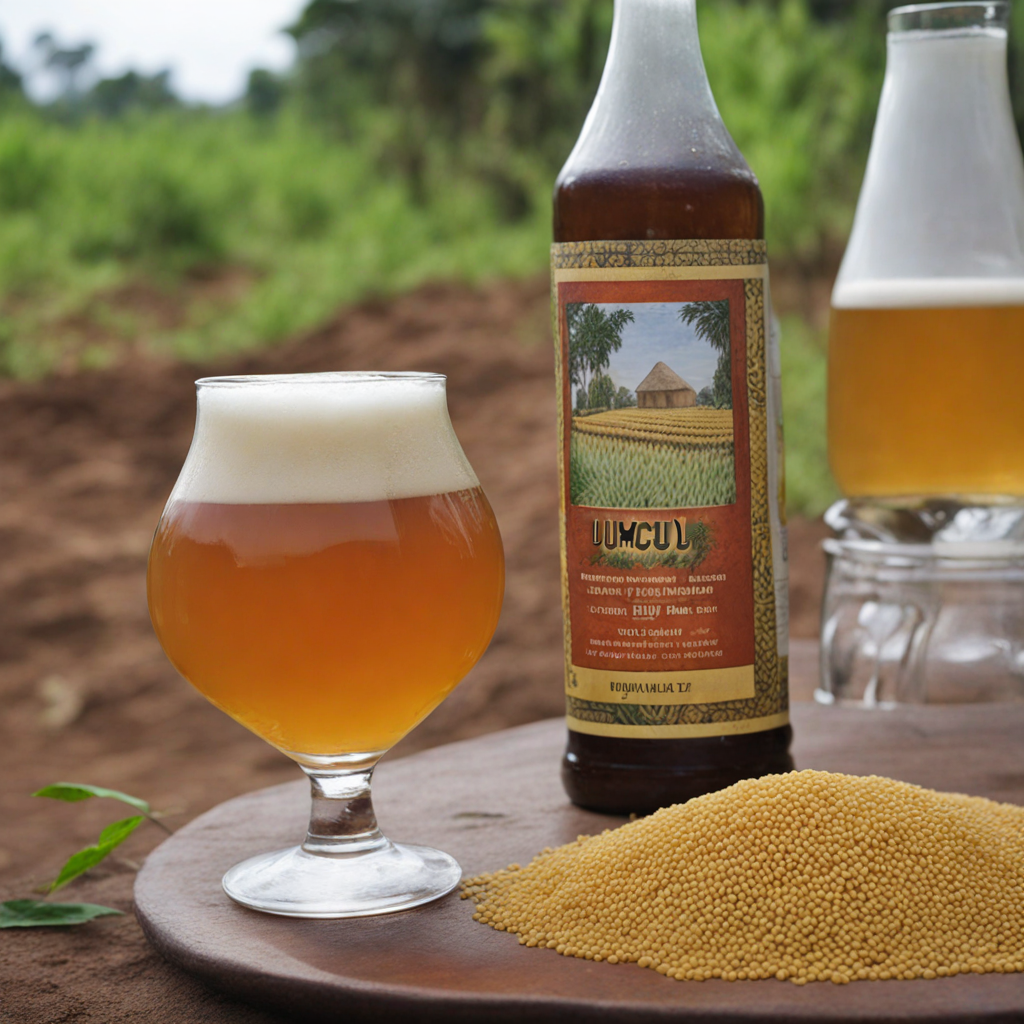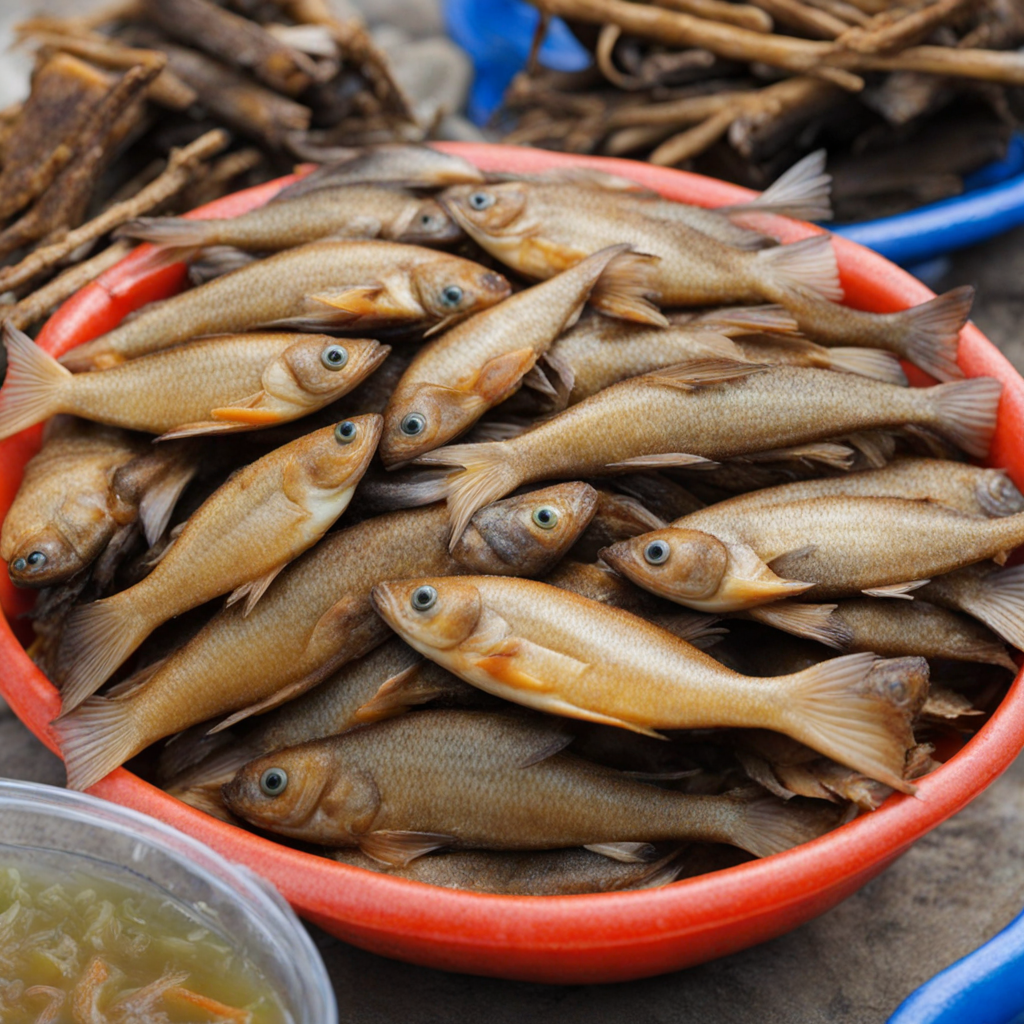Umunanasi
Umunanasi is a traditional Rwandan dish that highlights the country's rich culinary heritage through its vibrant flavors and unique textures. This dish primarily features a base of mashed plantains, which are transformed into a smooth, creamy consistency that serves as the perfect canvas for a variety of accompaniments. The plantains are often cooked until tender, then pounded or mashed with a touch of salt, resulting in a subtly sweet yet savory taste that is both comforting and satisfying. The process of preparing Umunanasi is a labor of love, often involving communal cooking and sharing, which adds to its cultural significance. The allure of Umunanasi lies in its versatility, as it can be paired with a range of toppings that enhance its flavor profile. Common accompaniments include sautéed vegetables, seasoned meats, or rich sauces made from ground nuts or beans. These additions not only elevate the dish but also contribute to a balanced meal that is rich in nutrients. The combination of the smooth plantains with the robust flavors of the toppings creates a delightful harmony, making each bite an exploration of Rwandan culinary traditions. A meal of Umunanasi is often enjoyed with family and friends, embodying the spirit of togetherness that is central to Rwandan culture. The dish is not just about taste; it is an experience that invites diners to savor the moment and connect with one another. Whether served during special occasions or as a comforting everyday meal, Umunanasi stands as a testament to Rwanda's vibrant food scene, offering an authentic taste of the country's heart and soul.
How It Became This Dish
The History of Umunanasi: A Culinary Gem from Rwanda #### Introduction Umunanasi, a traditional Rwandan dish, is much more than just food; it embodies the rich cultural heritage and agricultural practices of the Rwandan people. Known for its unique flavors and nutritional value, Umunanasi has evolved over centuries, reflecting the socio-economic changes and culinary practices of the region. This exploration delves into the origins, cultural significance, and development of Umunanasi, providing a comprehensive understanding of its place in Rwandan cuisine. #### Origins of Umunanasi Umunanasi, often described as a hearty porridge or stew, is primarily made from locally sourced ingredients, including maize, beans, and sometimes banana or sweet potato. The name "Umunanasi" is derived from the Kinyarwanda language, where "umu" refers to a singular object and "nanasi" translates to "pineapple." The dish is not directly made from pineapple but is thought to symbolize the abundance of Rwandan produce, invoking the lush and fertile landscape of the country. Historically, Umunanasi can be traced back to pre-colonial Rwanda, where agricultural practices were centered around subsistence farming. The people, primarily the Bantu ethnic group, cultivated crops that thrived in the volcanic soil of the region, such as maize and beans, both of which are fundamental to the preparation of Umunanasi. The dish illustrates the ingenuity of Rwandan farmers who adapted their culinary practices to reflect the seasonal availability of ingredients, ensuring that their meals were not only nourishing but also sustainable. #### Cultural Significance Umunanasi holds a prominent place in Rwandan culture, often being served during significant ceremonies and communal gatherings. It embodies the spirit of hospitality and community, as meals are typically shared among family and friends. The preparation of Umunanasi is often a communal affair, where family members come together to prepare the dish, fostering social bonds and reinforcing cultural ties. The dish also plays a crucial role in traditional Rwandan celebrations, including weddings and harvest festivals. During these occasions, Umunanasi is served alongside other traditional dishes, symbolizing prosperity and the importance of agriculture in Rwandan society. The communal aspect of sharing Umunanasi reflects the Rwandan belief that food is a means of uniting people and celebrating shared experiences. Moreover, Umunanasi has been a source of resilience for the Rwandan people, particularly during times of hardship. Following the devastating genocide in 1994, the dish emerged as a symbol of recovery and rebuilding. The ingredients, being locally sourced and easy to prepare, provided nourishment during a time when food security was uncertain. Umunanasi became a staple for many households, representing hope and the possibility of a brighter future. #### Development Over Time Over the years, Umunanasi has undergone various transformations, influenced by both internal and external factors. The introduction of new cooking methods and culinary techniques has allowed Rwandans to experiment with the dish while still honoring its traditional roots. While the basic ingredients remain constant, contemporary variations of Umunanasi now include additional spices and vegetables, reflecting the influence of globalization and cross-cultural exchanges. The rise of urbanization in Rwanda has also impacted the preparation of Umunanasi. As people migrate from rural areas to cities in search of better opportunities, the dish has adapted to modern lifestyles. Ready-to-cook versions of Umunanasi are now available, making it accessible to a broader audience. This convenience has not only preserved the dish's popularity but has also introduced it to a younger generation unfamiliar with traditional cooking methods. Furthermore, the emphasis on nutrition and health in recent years has led to a renewed interest in Umunanasi. Recognized for its dietary benefits, the dish is often celebrated for its high protein content, fiber, and essential nutrients. Health advocates promote Umunanasi as a wholesome meal that supports local agriculture while addressing dietary needs. This has sparked initiatives to promote the cultivation of traditional crops, ensuring that Umunanasi remains a staple in Rwandan households. #### Culinary Techniques and Variations The preparation of Umunanasi involves several culinary techniques that highlight the ingenuity of Rwandan cooking. Traditionally, the ingredients are boiled together until they reach a thick, porridge-like consistency. The dish can be seasoned with salt or enhanced with local spices, such as ginger and garlic, to elevate its flavor. The use of a wooden spoon, known as "ikiyiko," is customary in stirring the mixture, a practice that has been passed down through generations. Variations of Umunanasi may include the addition of vegetables such as carrots, spinach, or pumpkin, depending on what is in season. In some households, the dish is served with a side of meat, fish, or eggs, creating a more substantial meal. The versatility of Umunanasi allows it to be adapted to different palates while maintaining its core essence. #### Conclusion Umunanasi is a vibrant reflection of Rwanda's agricultural heritage, cultural significance, and evolving culinary landscape. From its origins as a staple food for the Bantu people to its status as a symbol of resilience and community, Umunanasi has played a vital role in the lives of Rwandans. As the country continues to develop and modernize, Umunanasi remains a beloved dish that bridges the past and present, celebrating the enduring connection between food and identity. Its rich history serves as a testament to the power of food in uniting people, fostering community, and preserving cultural traditions for generations to come.
You may like
Discover local flavors from Rwanda







